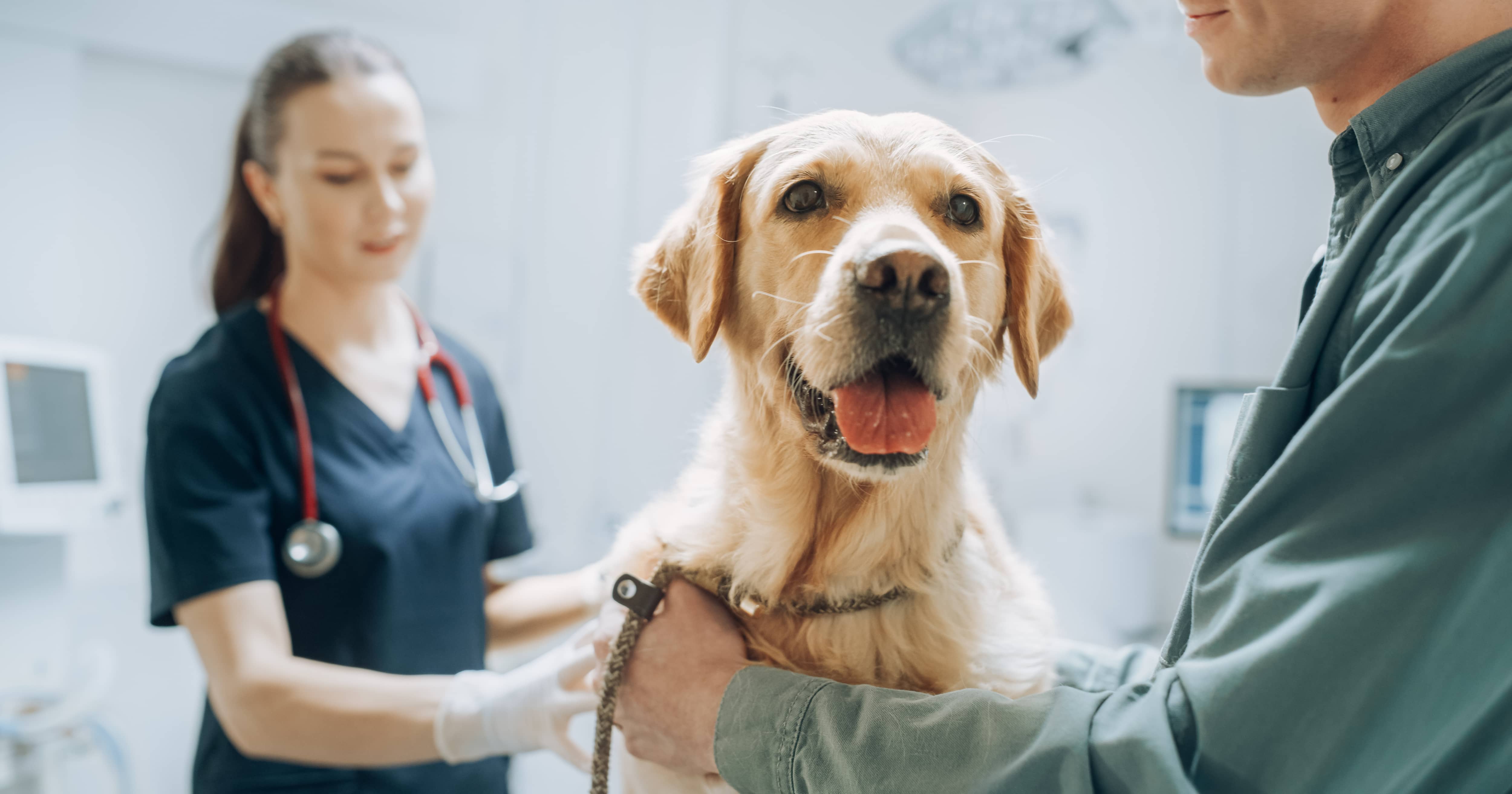Cancer. It’s a scary word and not one you ever want to hear. But the reality is that your dog could develop cancer at some point during their life. According to the American Veterinary Medical Association, approximately 1 in 4 dogs will develop neoplasia (growth of a benign or malignant tumor) during their lifetimes, and almost half of all dogs over 10 years old will develop cancer (a malignant tumor).
One of the most common cancers in dogs is lymphoma. While chemotherapy can put lymphoma into remission for some dogs, unfortunately, it is rarely cured. National Canine Lymphoma Awareness Day is observed on November 7 each year to draw attention to the prevalence of the disease and the advances being made to treat it. The awareness day was established in 2015 by the nonprofit organization Canine Lymphoma Education Awareness and Research (CLEAR) in honor of the founder’s dog Reveille, who died from the disease.
What Is Canine Lymphoma?
Canine lymphoma, also called lymphosarcoma, is a type of cancer that affects parts of the immune system (e.g., lymph nodes, bone marrow, spleen, thymus and others). The Merck Veterinary Manual explains that lymphoma develops from the uncontrolled and pathological clonal expansion (replication) of B-cells or T-cells (also called lymphocytes). B lymphocytes and T lymphocytes are types of white blood cells that are involved in the body’s immune response.
There are multiple forms of canine lymphoma that affect different areas of the body. The four main forms are described below:
- Multicentric (systemic): This is the form diagnosed in most dogs and affects lymph nodes throughout the body.
- Alimentary: This is the second most common form (but has a much lower incidence than multicentric lymphoma) and affects the gastrointestinal tract.
- Mediastinal: This is a rare form involving the thymus and/or lymph nodes of the chest and affects the respiratory system.
- Extranodal: This is another rare form that affects organs outside the lymphatic system (commonly the skin but also the eyes, liver, nervous system or other organs).
Why Do Dogs Develop Lymphoma?
It’s unclear why some dogs develop lymphoma, but it’s thought to be due to a combination of factors. While any dog can develop lymphoma, there is possibly a genetic link since some breeds are more susceptible to developing it than others (e.g., golden retriever, basset hound, Saint Bernard, Scottish terrier, Rottweiler). It’s also more common in dogs who are middle-aged or older.
What Does Lymphoma Look Like in Dogs?
Lymphoma symptoms can often mimic symptoms of other diseases. For example, a dog with lymphoma can have swollen lymph nodes, but a swollen lymph node doesn’t mean a dog has lymphoma. Lymph nodes can also swell due to an infection or another disease.
Dogs with multicentric lymphoma have swollen lymph nodes that aren’t painful. For other forms or advanced stages of lymphoma, the symptoms vary depending on the organs affected.
If you find a lump on your dog, you shouldn’t immediately think, “Oh no, it’s lymphoma.” It may not be a lymph node and it may not be cancerous. Our article “The 12 Lumps (and Bumps) of Canine Skin” explains some of the other reasons for lumps or bumps on your dog. Always ask your veterinarian for advice if you are concerned about a lump, especially if your dog also has other symptoms — it may be nothing, but it could be something serious.
Diagnosing and Treating Canine Lymphoma
If your veterinarian suspects lymphoma, they will often start the diagnostic process by examining cells from an affected lymph node or organ. During this process, the veterinarian uses a fine needle to aspirate (draw out) a small number of cells to look for cancerous cells under a microscope. They may also do a biopsy (surgical removal of tissue) and look at the tissue under a microscope, run blood work to check blood counts and organ function, or use other diagnostic tests. If your dog does have lymphoma, they may suggest performing tests that help determine which stage (I to V) it is at, which helps guide them on treatment options.
If appropriate for the patient and financially possible for pet parents, chemotherapy is the most effective method to treat canine lymphoma. If you’re worried about chemotherapy side effects, it’s encouraging to note that there are typically fewer side effects for dogs undergoing chemotherapy compared with humans. Chemotherapy can help dogs with lymphoma go into remission, but the vast majority of dogs will relapse. Other treatments are available, but they are usually less effective.
According to the Merck Veterinary Manual, dogs who don’t receive treatment usually live for about four to six weeks. If dogs receive multidrug chemotherapy, the median (middle of the range) survival time increases to around 12 months for dogs with B-cell lymphoma and around six to eight months for dogs with T-cell lymphoma. Keep in mind that the treatment response and survival time varies between dogs. Sadly, it is very rare for dogs with lymphoma to be cured.
Canine lymphoma is a heartbreaking diagnosis for any pet parent, and we hope that you and your dog never have to experience it. Go ahead and give your dog an extra cuddle tonight.
RELATED POST: Pet Cancer Awareness Month: Do You Know the Signs?







